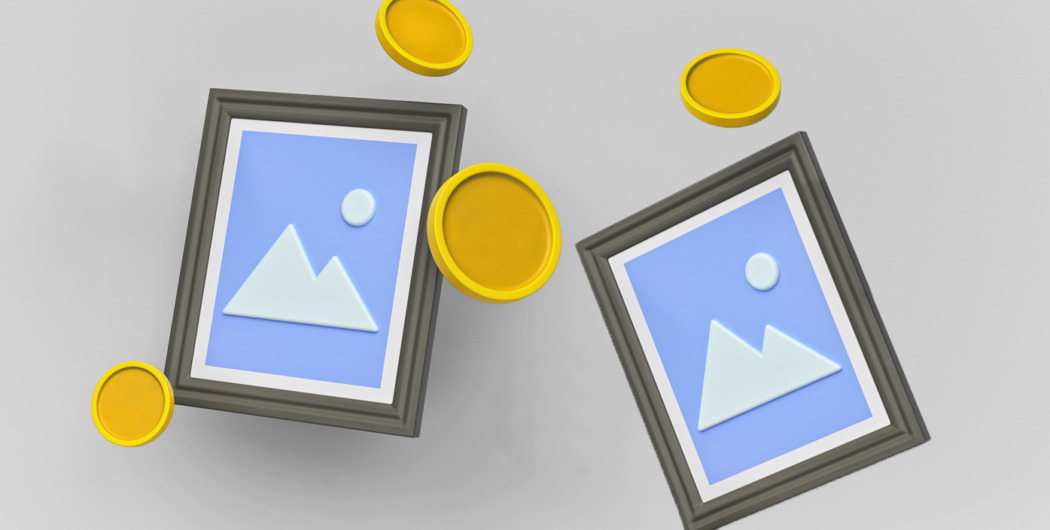

Anyone who is interested in investing knows that in addition to traditional assets like stocks and bonds, successful people invest in art or trophy assets, as they are sometimes called. They differ from ordinary assets because their value cannot be determined in the traditional way, by calculating the expected income.
According to Deloitte, successful investors hold about 5% of their capital in art. Generally, art investment is a way to diversify your portfolio and increase your funds. For example, individual paintings can rise in price by 2-3 times in just a year.
How popular is investing in art?
Deloitte, as mentioned above, has been researching art investments among UHNWIs (Ultra High Net Worth Individuals — individuals with a net worth of more than $30 million) for years. In 2021, the data revealed the following facts:
- 6% of such people invest in art;
- 30% of such people only collect it;
- 64% of these people collect art for investment value.
So, why is investing in art so in-demand? The fact is that the profitability of a masterpiece can exceed its original cost several-fold — for example, Claude Monet’s painting “The Pink Arch at Giverny” in 1962 cost $65,000 and is now estimated at almost $18 million. But this is only the most striking example. Modern art may not rise as steeply in value, but it can also be a great investment.
Formats of investing in art

So, if you are considering art as an investment, remember that there are 3 different formats:
Art fairs are held in almost any large city. By coming to such an event, you will be able to see what the artists have to offer and talk to them directly. This is an ideal method for those who want to start their journey in the field of art investment.
Auctions — in general, they are the same as fairs, but for more experienced investors. Large houses like Sotheby’s and Christie’s have online galleries where you can freely buy works, but be ready to spend a lot if you are interested in art investing.
Equity art funds — here you won’t need to buy the whole painting or sculpture, you can purchase a share in the work and get a profit equal to this share on its subsequent sale. Another plus: the fund has expertise in its field (so, it’s not necessary to waste your own time assessing the prospects for growth in the value of the work). The main disadvantage of investing in such funds is that having bought only a share you will not be able to place a painting or other artwork at home.
However, you should understand that art market stocks are a rather complicated sphere. If you do not improve your skills and approach this field with utter seriousness, then you risk simply not living to the time when the price of the acquired piece of art skyrockets.

The most important tips for smart art investments
If you decide to figure out how to invest in art, be sure to remember some important nuances. For example:
Preservation of the physical condition. It is important to store pieces of art in a special case, maintain the humidity and temperature of the storeroom, minimize low-frequency vibrations of the supports or walls on which the picture hangs.
Consider purchasing insurance for a piece of art to minimize the risk of its theft or damage.
It is recommended to have a set of 10-20 various works of art from different artists because there is always a risk that some works will never get the fame and recognition they may deserve.
Selling works of art and other trophy assets to get significant income is possible – but not earlier than five to ten years after purchase.
When choosing art as an investment, be sure to pay attention to the style of work. According to statistics, over the past ten years, works of the contemporary art style have risen in price most significantly.
By the way, while we are on the subject of style, experts advise not only relying on statistics, but also researching fashion trends so as not to miss the niche that will clearly get recognition and a value boost.
Final thoughts
Let’s recap! In fact, by investing in art, you are buying a work or a share of it in order to sell it for a profit in the future and earn additional income from it. And if you are going to find an investment art piece, it’s best to look for potential options at art fairs, where you can find the most attractive prices for beginners.







